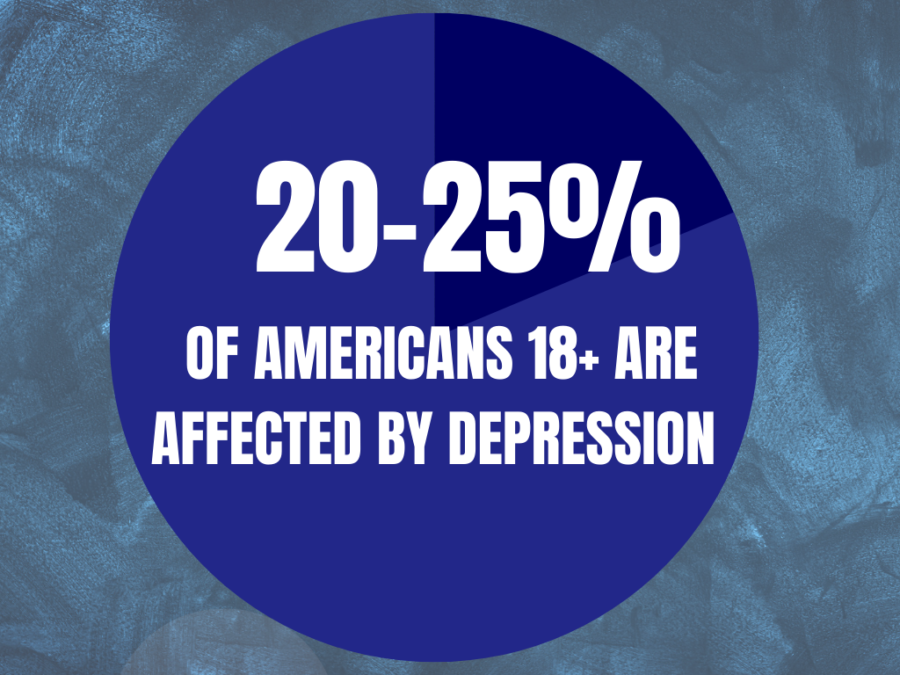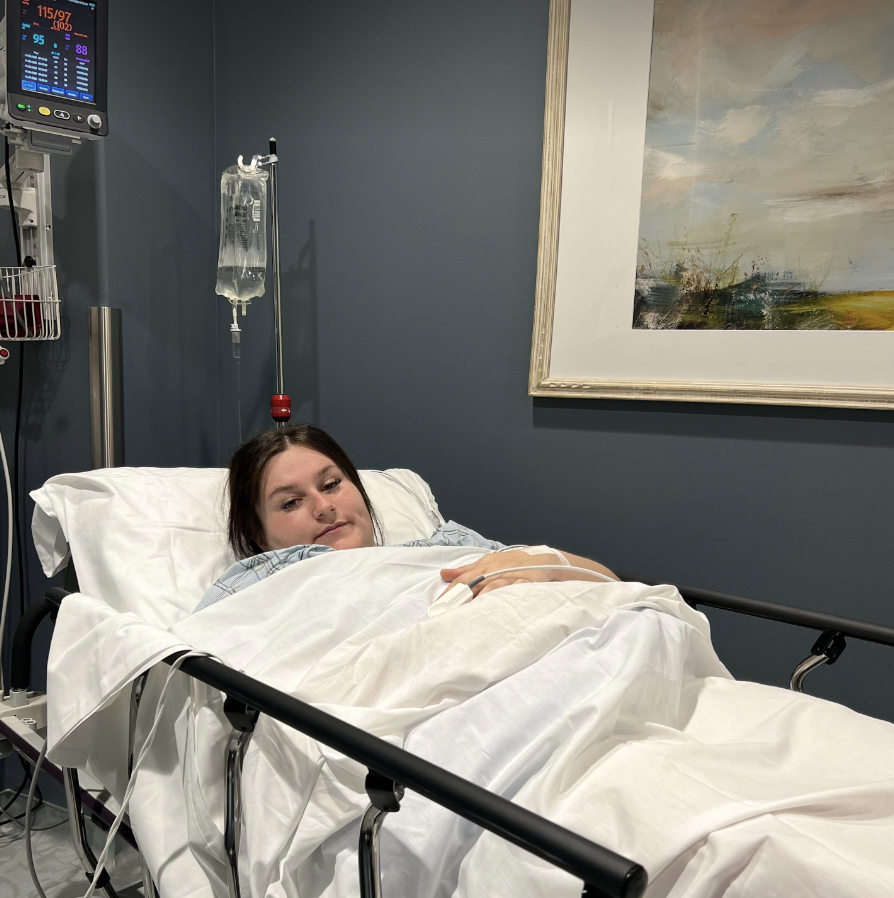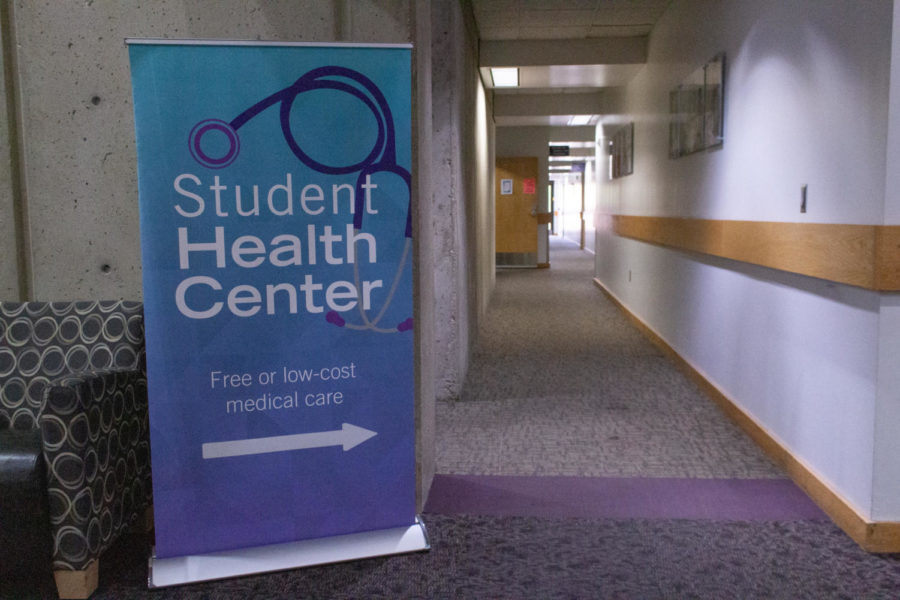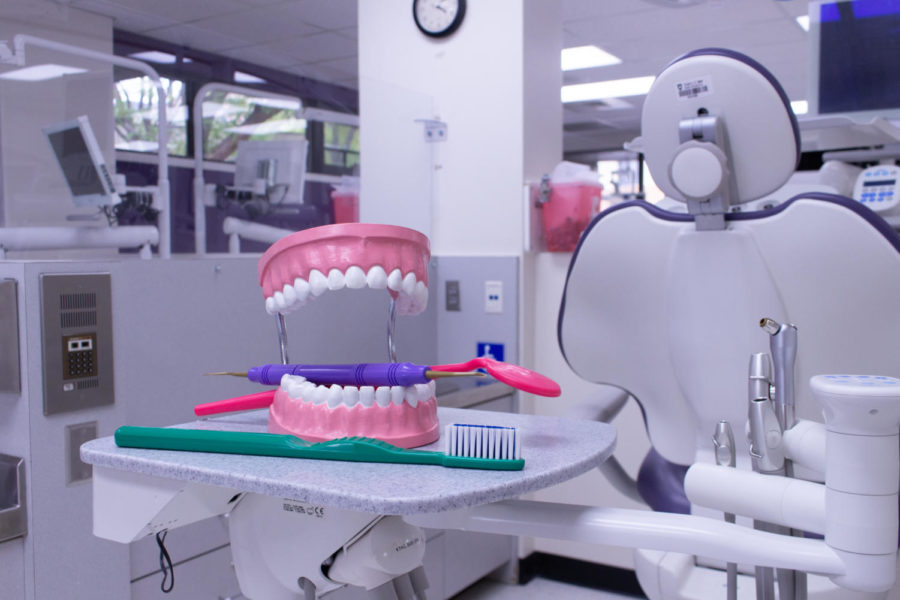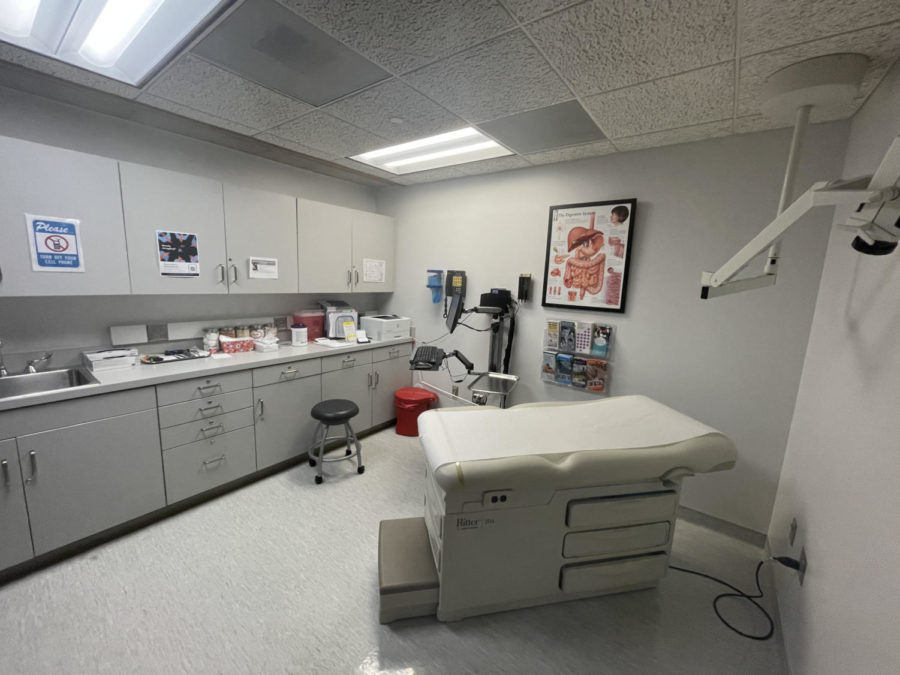
Students face difficult courses, stressful tests and the demands of student life constantly. These stressors can drastically effect our mental health. Dr. Stuart Slavin spoke to WSU faculty, staff and students on Jan. 22 about how school curriculums could evolve from causing mental health scares to actually helping students.
Slavin earned his M.D. from St. Louis University School of Medicine and went on to work as a faculty member at UCLA for 17 years. He then returned to St. Louis where he is the associate dean of curriculum and had a major impact on student well-being.
During his presentation, Slavin said that he couldn’t give students a path, but he could give them the tools to find the best path that works for them. Slavin worked with medical students during his time at St. Louis University, but he feels that even though he worked with a specific group, targeting the specific environmental factors around students can change their mental health.
Slavin said that we need to look at “what the conditions are in the mind, and what can we change.” Slavin continued by saying that our society looks at mental health as purely an individual issue but instead should realize that the triggers of poor mental health can come from the environment the individual lives in.
When Slavin first became the associate dean, he started to make some slight changes but ignored the mental health component of the students.
As he began to learn more about the issue, he and other faculty decided to give a survey at the beginning of students’ medical school journeys. This survey asked students about feeling depressed, overwhelmed and anxious about medical school and their course load. They did this with a group their first and second year, and the percentage of medical students who were depressed was 27%, and those who reported anxiety was 54%.
Slavin saw that they needed a change, and he felt that as dean of curriculum, it was his responsibility.
Slavin and his coworkers came up with a model that includes three parts. The first is to recognize the environmental stressors and reduce the unnecessary stressors and improve the educational environment; second, increase students’ abilities to deal with stress; and third, give students more of a purpose or meaning to their work/studies.
With this model in mind, they attacked the tough issue of helping students with their mental health. Slavin worked on cutting the curriculum because this freed up some time for the students. Students were also given one day in the week to pick an activity to participate in that was fun or worthwhile to them, such as service, research or mentoring.
His group made small changes each year to help and improve the overall environment that the medical students had to live in.
Faculty member, Michelle Paustenbaugh, a professor in the chemistry department said, “I can support my students through personal interactions during office hours, labs or anytime I am not occupied with another commitment on campus.”
Paustenbaugh said that Slavin speaking about overcoming cognitive distortions really stuck with her. Overcoming cognitive distortions is only possible by the person who is in the environment, according to Dr. Slavin.
Dr. Slavins work helped to drop the surveyed depression rates from 27% to 4% and anxiety dropped from 54% to 14%.







